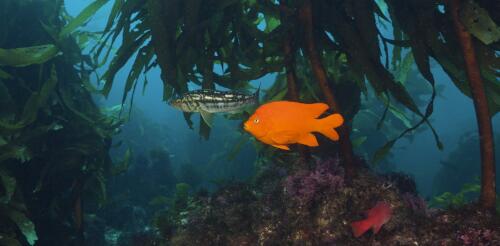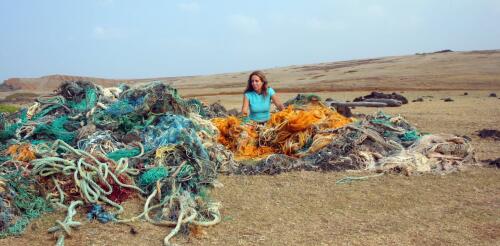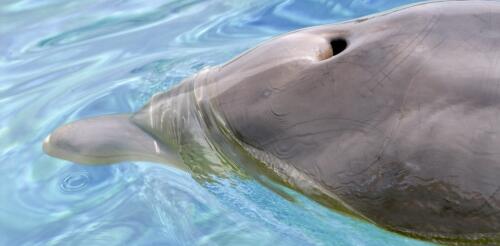Ocean pollution
Humans rely on the ocean for many things, including food, jobs, recreation and stabilization of Earth’s climate. But although ocean resources may seem infinite, human impacts like pollution, overfishing and climate change are creating what United Nations Secretary-General António Guterres has called an “ocean emergency.” Climate change is pushing ocean temperatures to record levels, many fisheries are overharvested, and plastic waste is accumulating in the deep sea. These five articles from The Conversation’s archive spotlight urgent challenges for ocean conservation, and describe what researchers are doing to devise effective responses. 1. A devastating invasion is expanding Invasive lionfish are aggressive predators, native to the Indo-Pacific Ocean, that feed on smaller reef fish. They have caused heavy damage in the Caribbean and Gulf of Mexico since they first appeared in the Atlantic in 1985. Now, they’ve spread south to Brazil, which ha...
I am obsessed with plastic objects. I harvest them from the ocean for the stories they hold and to mitigate their ability to harm. Each object has the potential to be a message from the sea – a poem, a cipher, a metaphor, a warning. My work collecting and photographing ocean plastic and turning it into art began with an epiphany in 2005, on a far-flung beach at the southern tip of the Big Island of Hawaii. At the edge of a black lava beach pounded by surf, I encountered multitudes upon multitudes of plastic objects that the angry ocean was vomiting onto the rocky shore. I could see that somehow, impossibly, humans had permeated the ocean with plastic waste. Its alien presence was so enormous that it had reached this most isolated point of land in the immense Pacific Ocean. I felt I was witness to an unspeakable crime against nature, and needed to document it and bring back evidence. I began cleaning the beach, hauling away weathered and misshapen plastic debris ̵...
Bottlenose dolphins in Sarasota Bay in Florida and Barataria Bay in Louisiana are exhaling microplastic fibers, according to our new research published in the journal PLOS One. Tiny plastic pieces have spread all over the planet – on land, in the air and even in clouds. An estimated 170 trillion bits of microplastic are estimated to be in the oceans alone. Across the globe, research has found people and wildlife are exposed to microplastics mainly through eating and drinking, but also through breathing. A plastic microfiber found in the exhaled breath of a bottlenose dolphin is nearly 14 times smaller than a strand of hair and can be seen only with a microscope. Miranda Dziobak/College of Charleston, CC BY-SA Our study found the microplastic particles exhaled by bottlenose dolphins (Tursiops truncatus) are similar in chemical composition to those identified in human lungs. Whether dolphins are...


